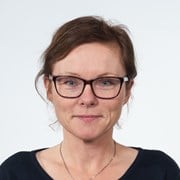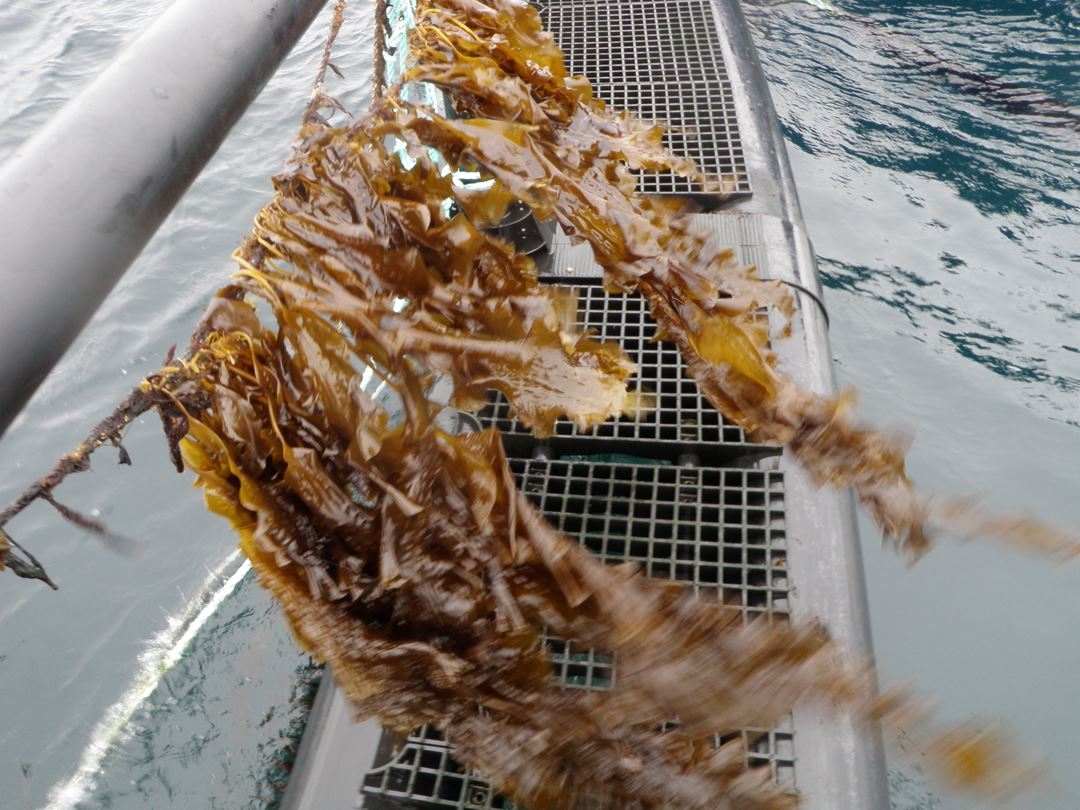Despite the existence of large amounts of information about Norwegian seaweed species, fundamental knowledge needed for selection of optimum cultivation technology and conditions is lacking. The main objective of this project is to provide information needed to define optimum cultivation technology for seaweeds.
The project will generate new, fundamental knowledge needed for large scale cultivation of seaweed biomass aimed for bioethanol production in Norway, and has 3 parts:
- The project will study different strategies for production of seedlings of two species of special interest for cultivation in Norway - Saccharina latissima and Alaria esculenta, with respect to sporophyte quality and suitability for large scale cultivation on ropes. Different ecotypes will be studied, and optimization of the cultivation conditions will be carried out.
- The seasonal variations of the carbohydrate composition are considerable due to variations in photosynthetic activity and nutrient availability. High nutrient levels, achieved by cultivation on nutrient rich sites close to fish farms (IMTA) are advantageous for high biomass productivities, but may affect the carbohydrate content and composition. One of the aims of the project is to elucidate how high biomass productivity can be achieved, when maintaining a high content of easily convertible carbohydrates, in cultivation of the two seaweed species.
- The project will further suggest a strategy for harvesting of the cultivated biomass to obtain a highest possible content of fermentable carbohydrates, and design a sea farm for optimal exploitation of the available environmental conditions for seaweed biomass production.

